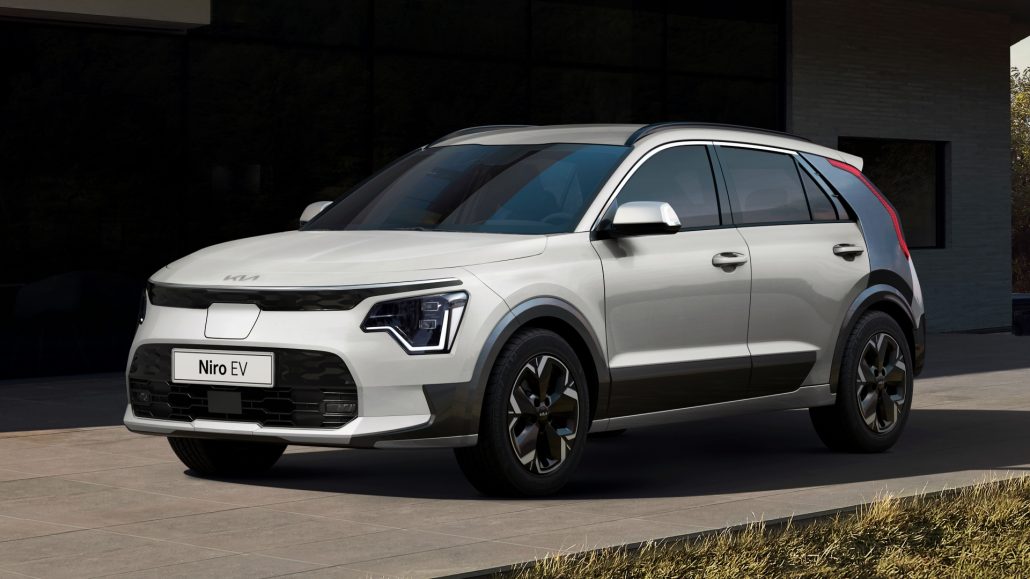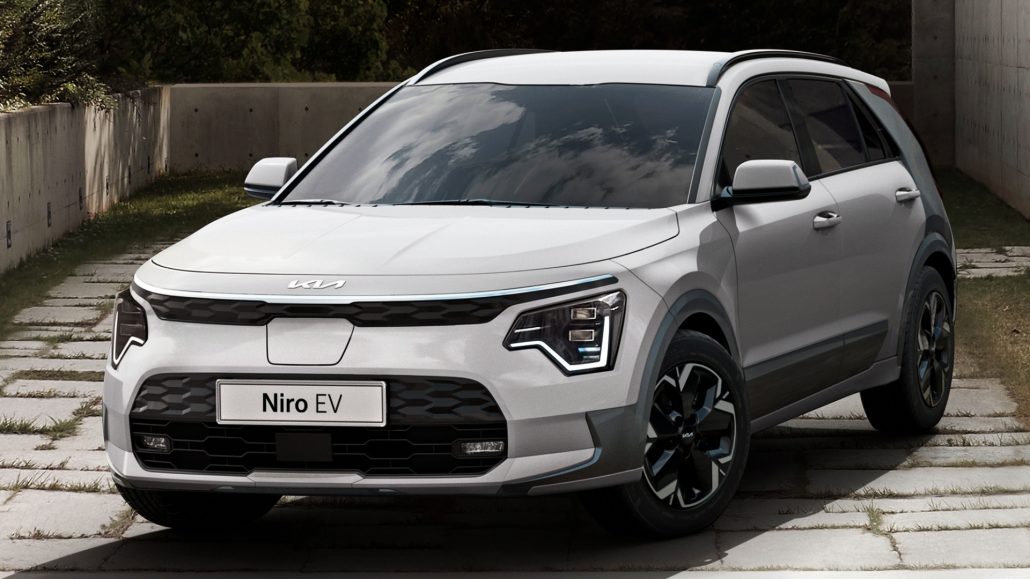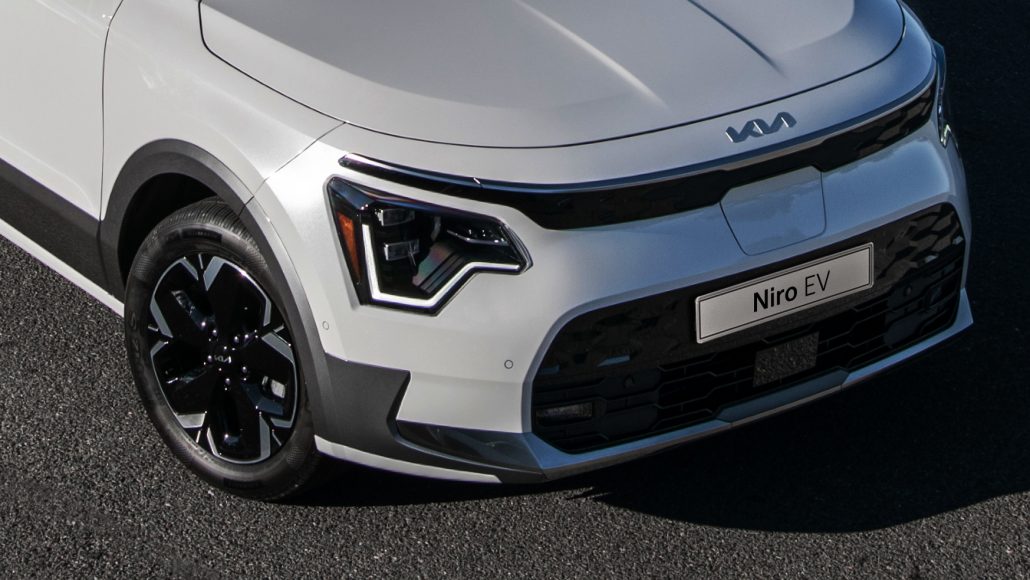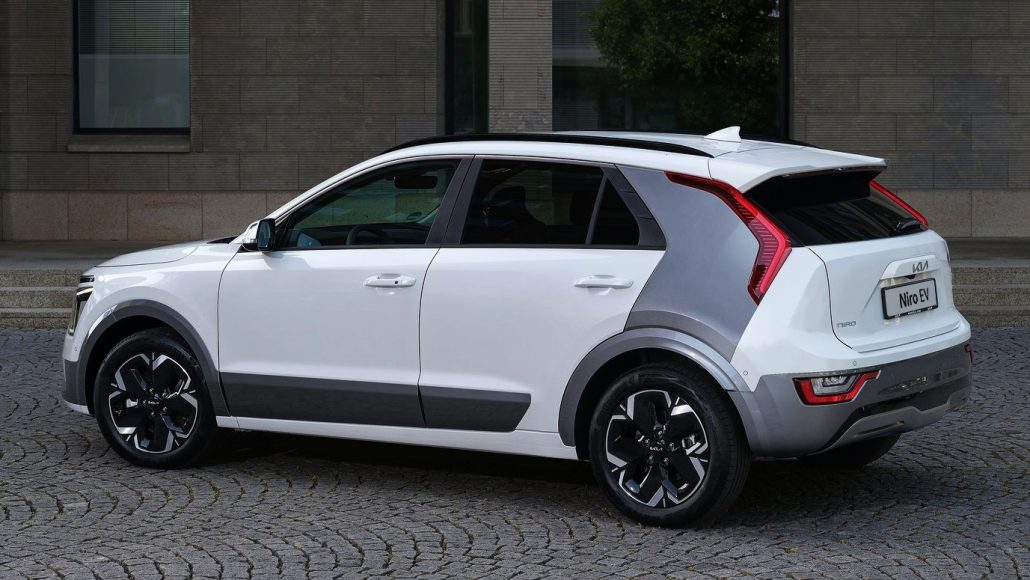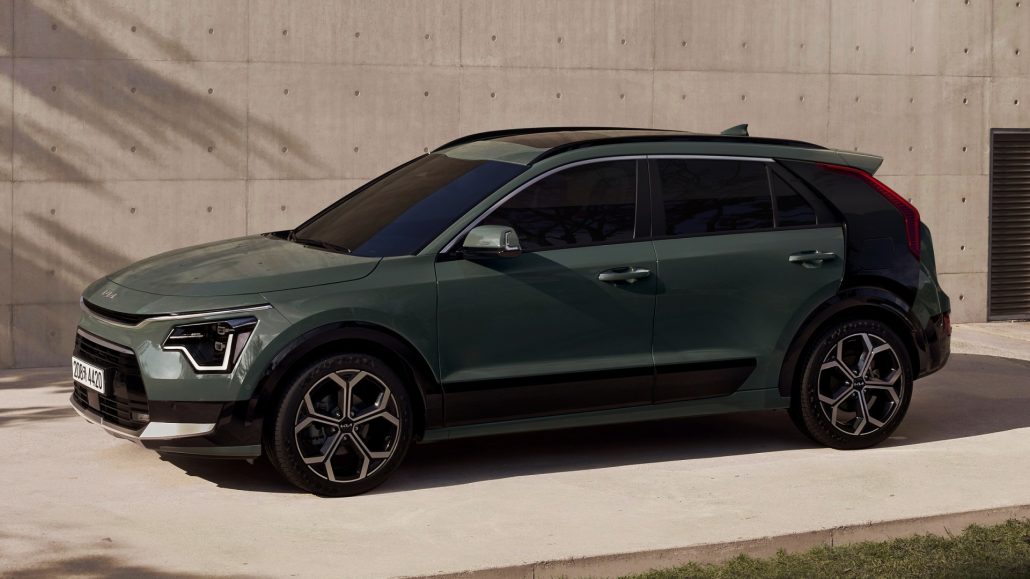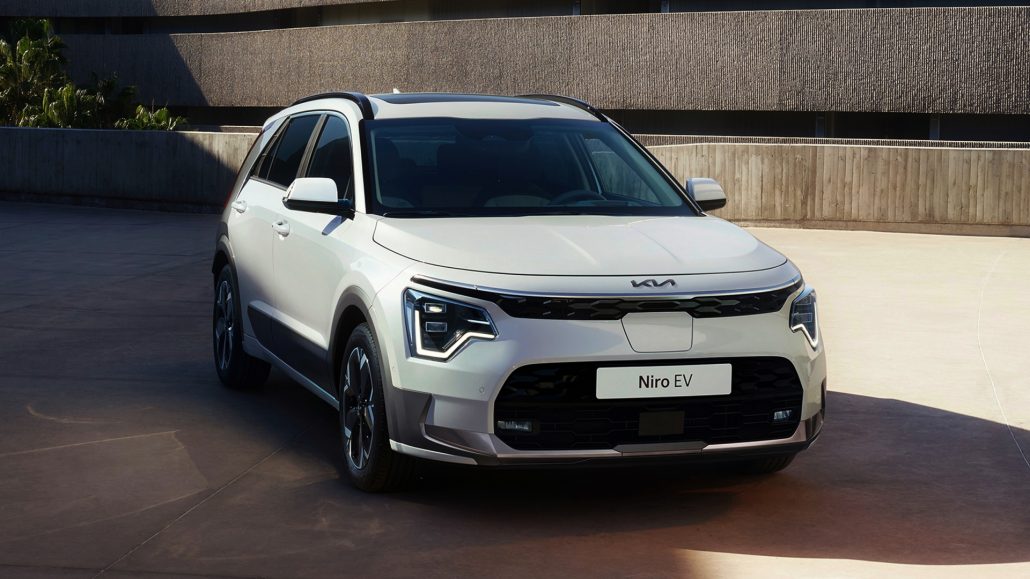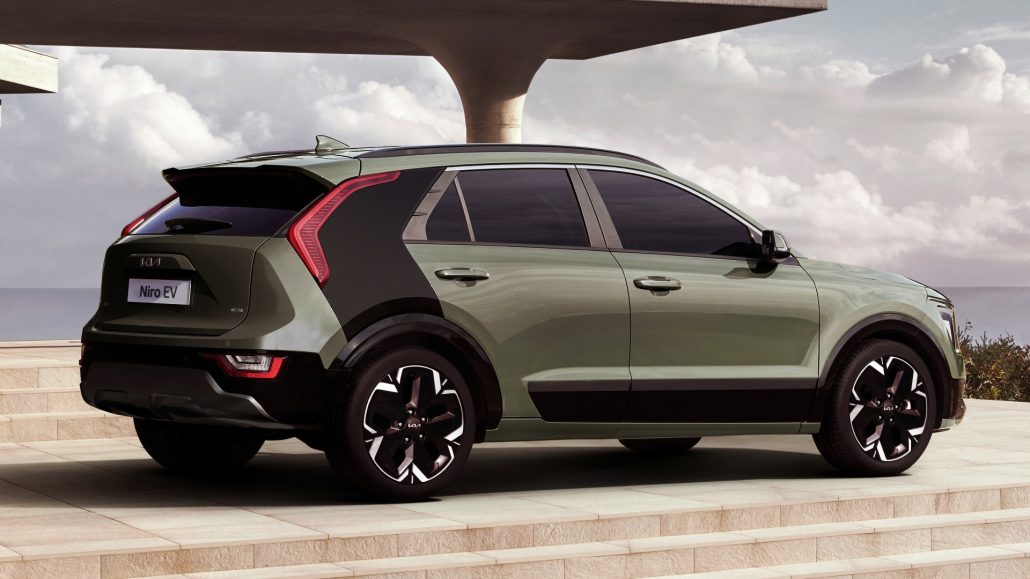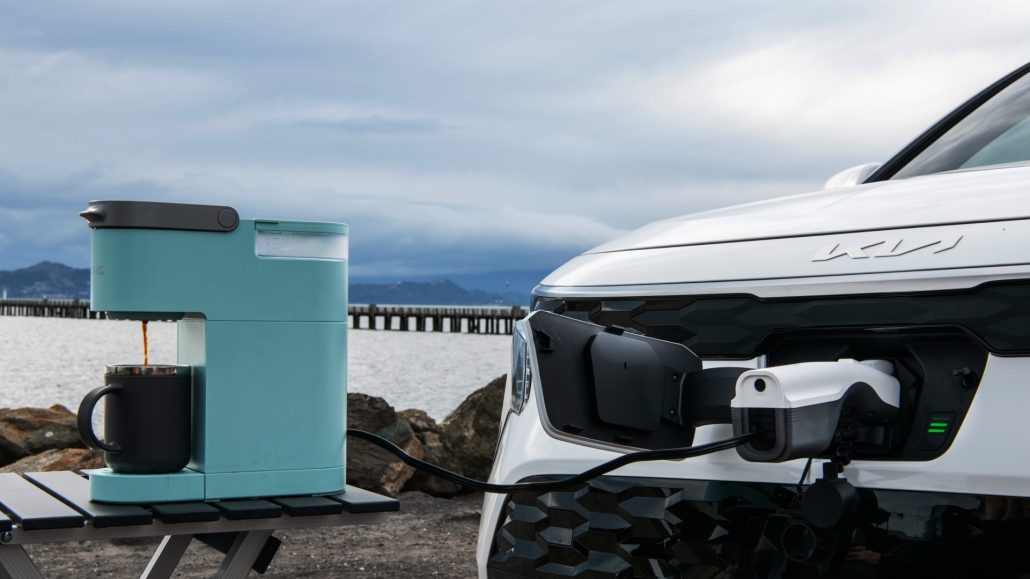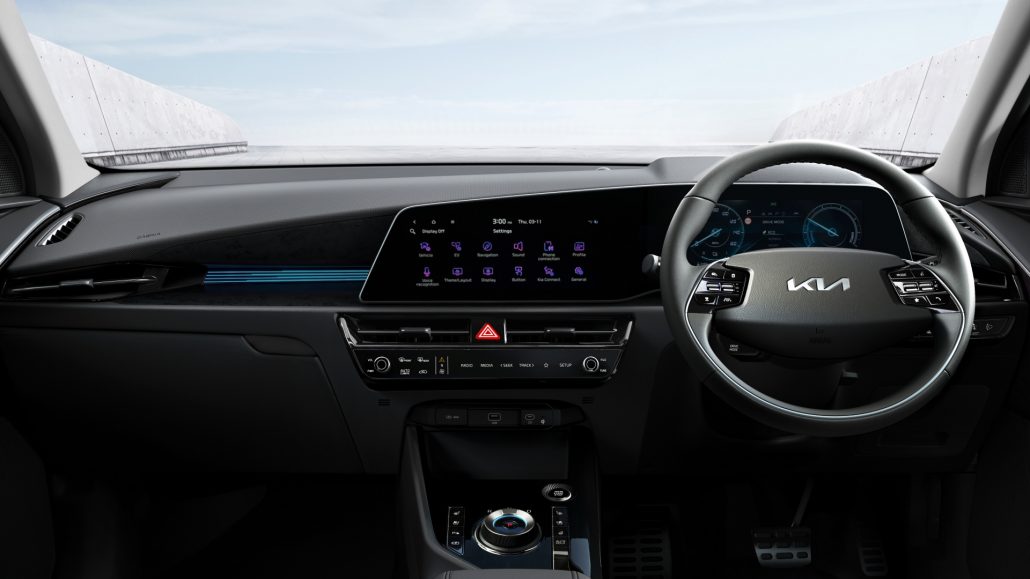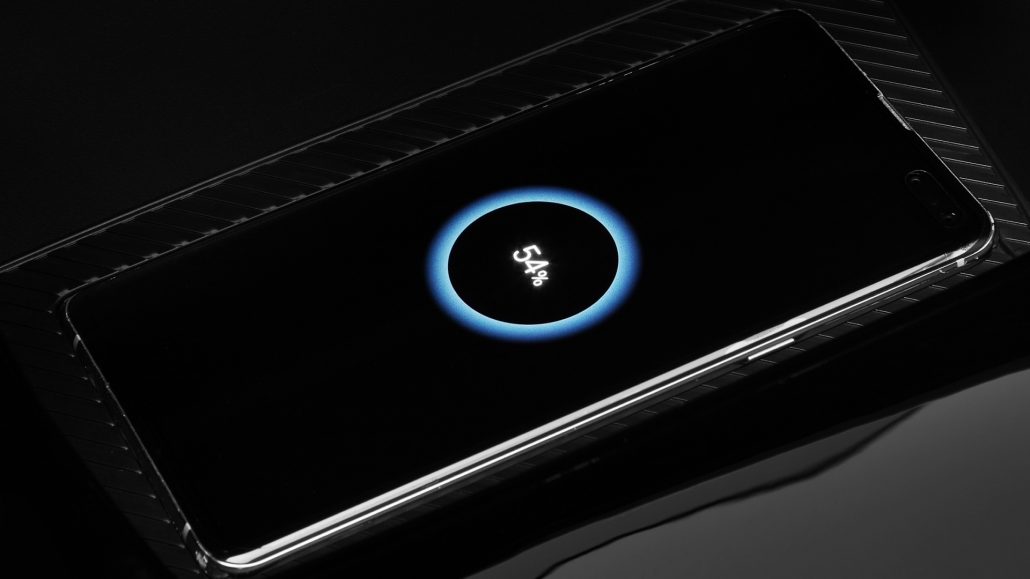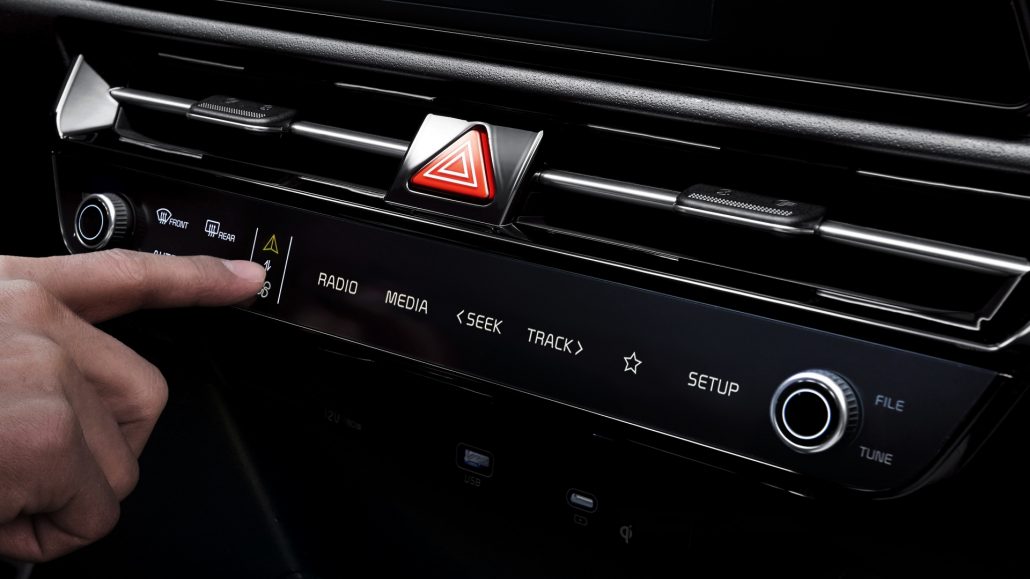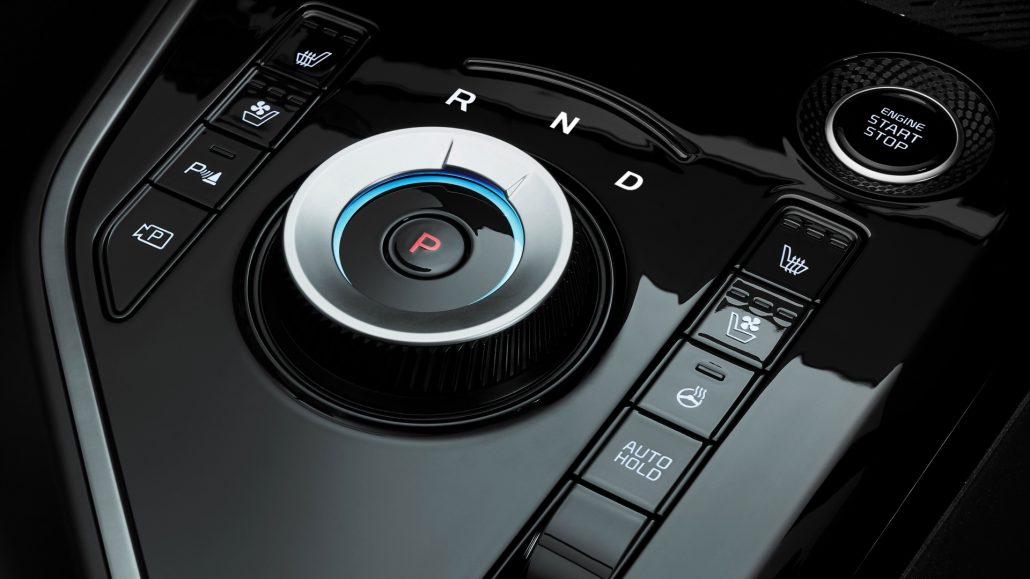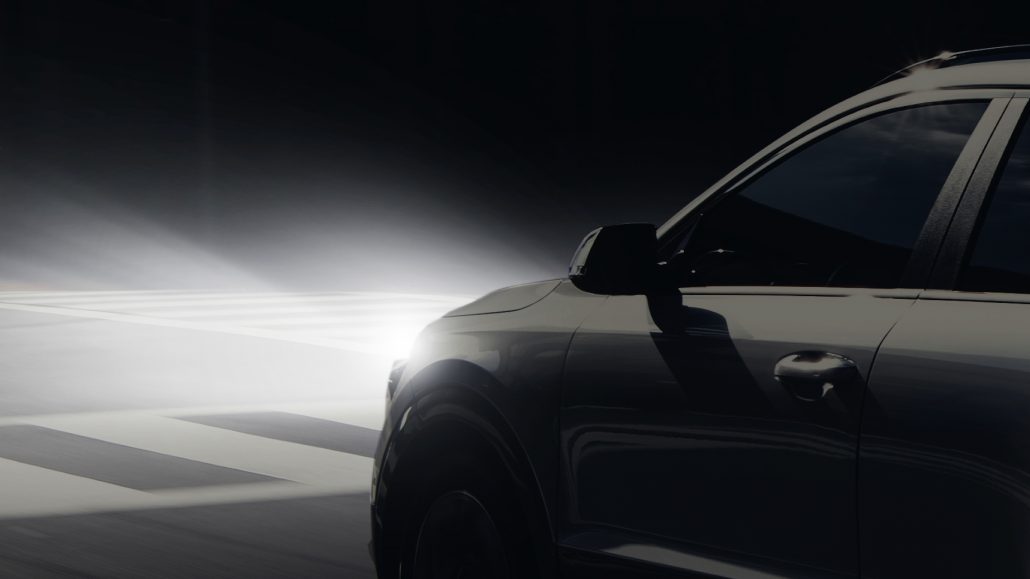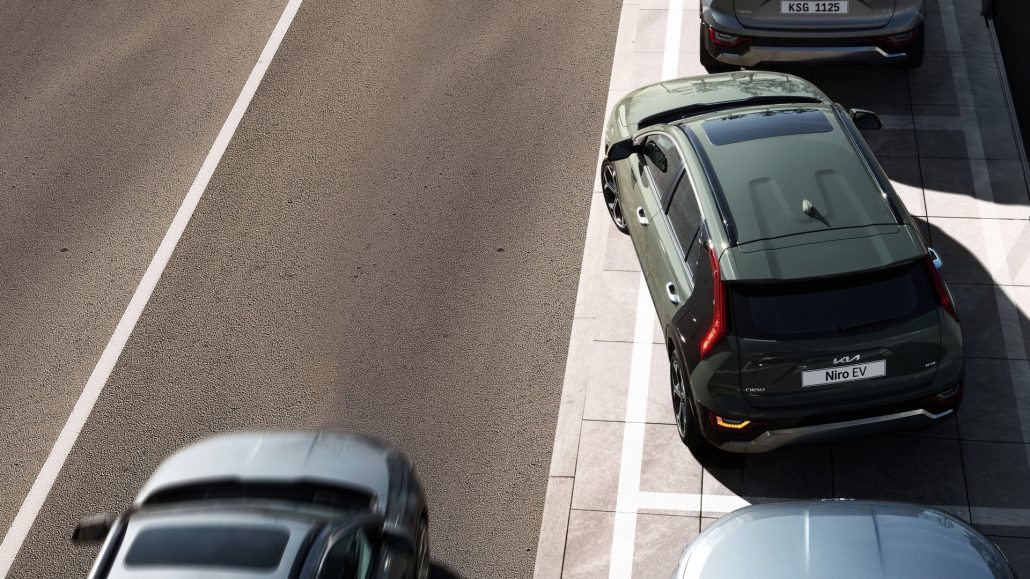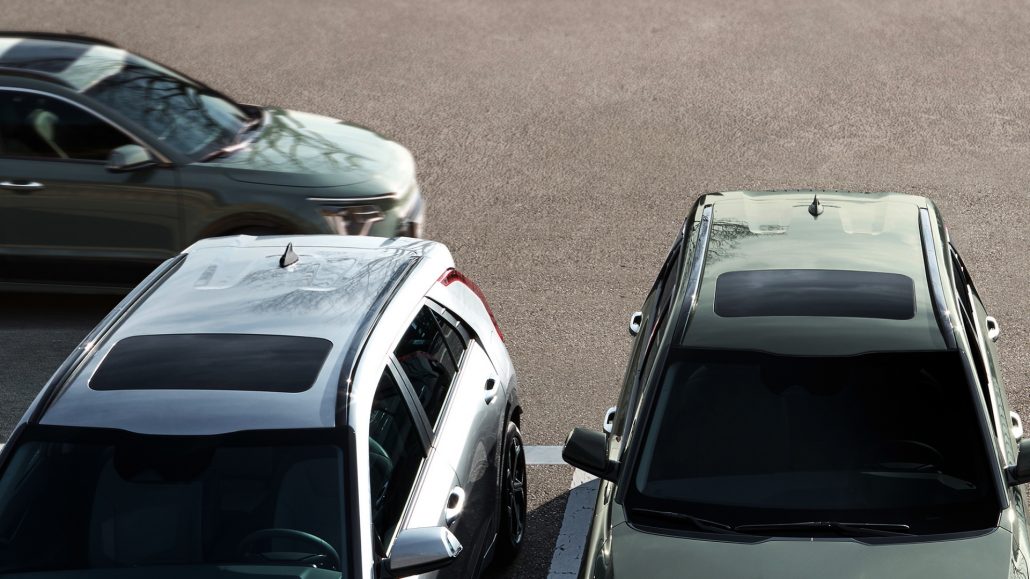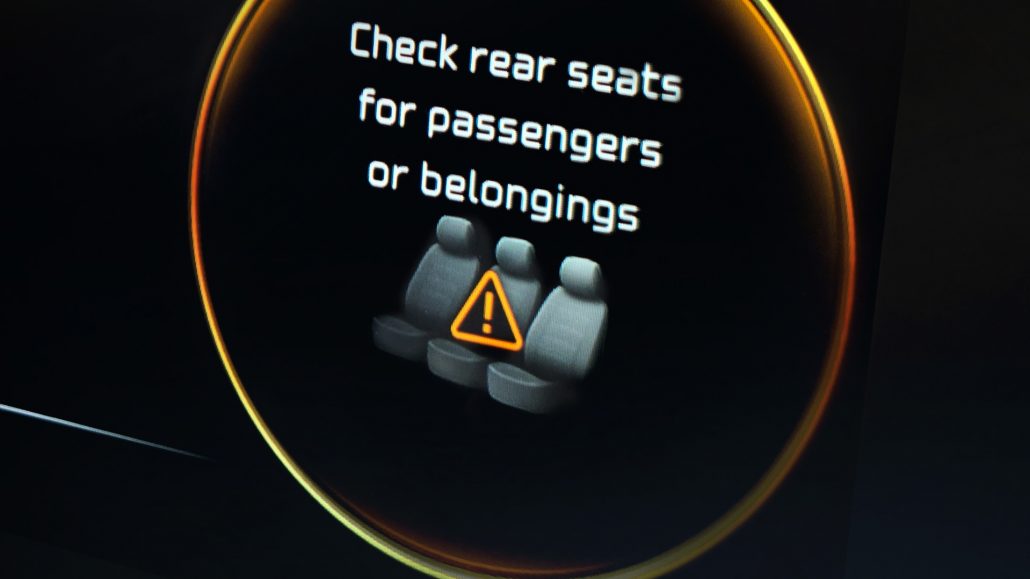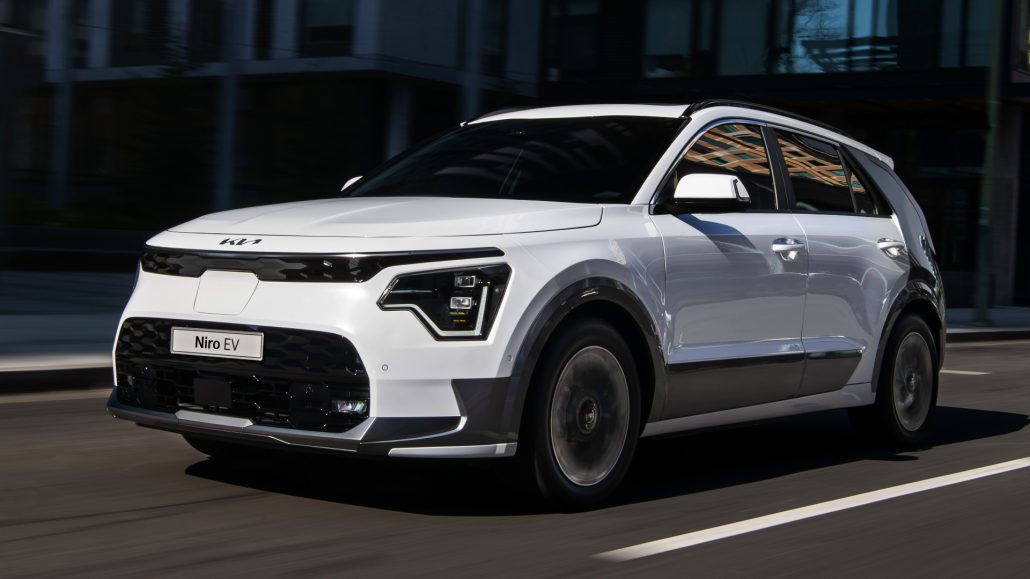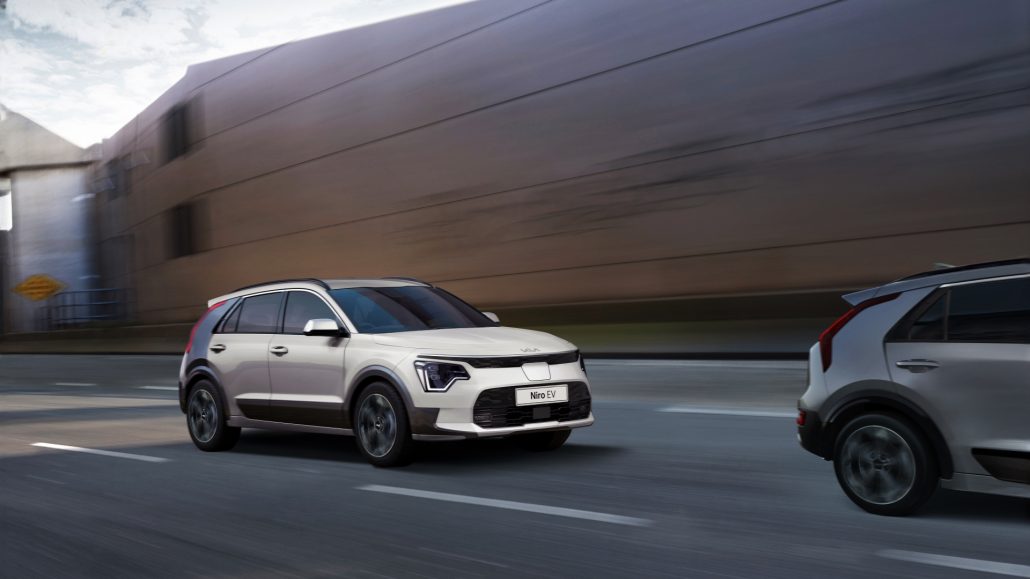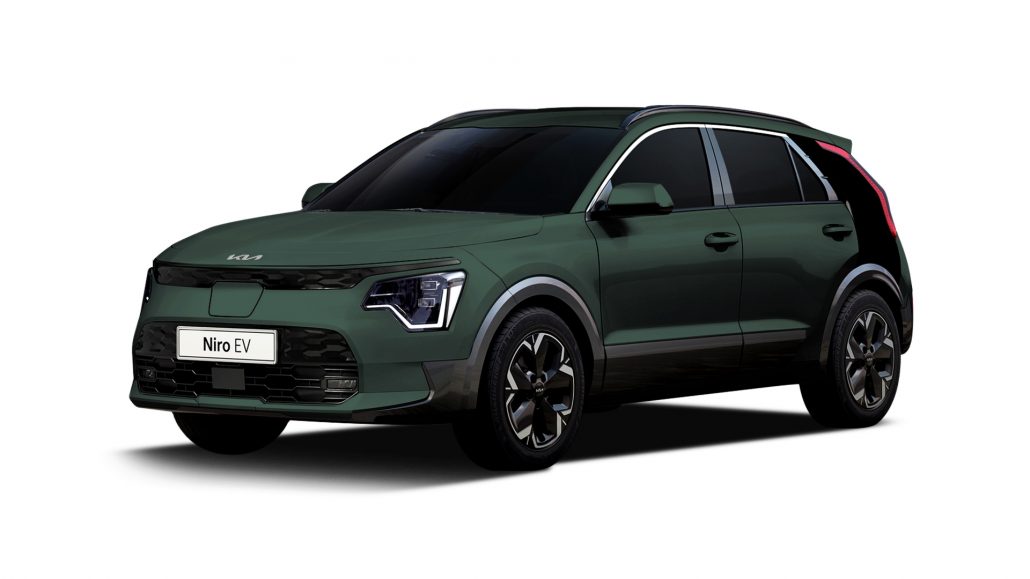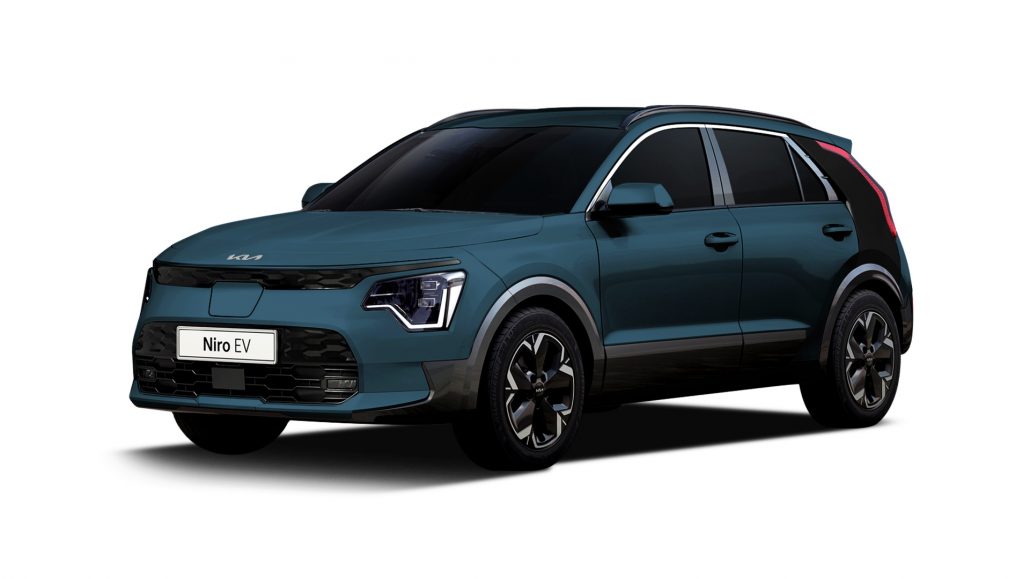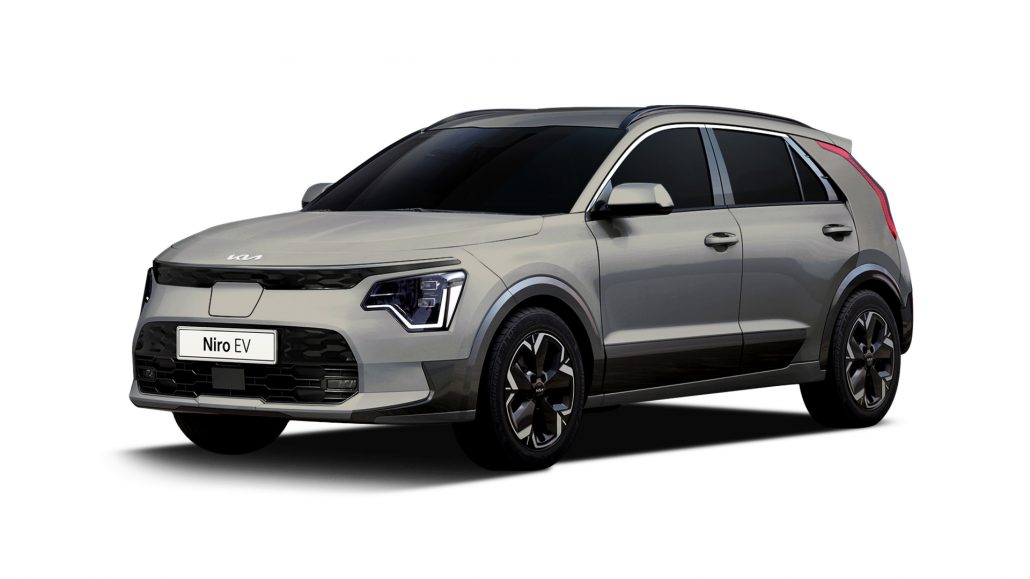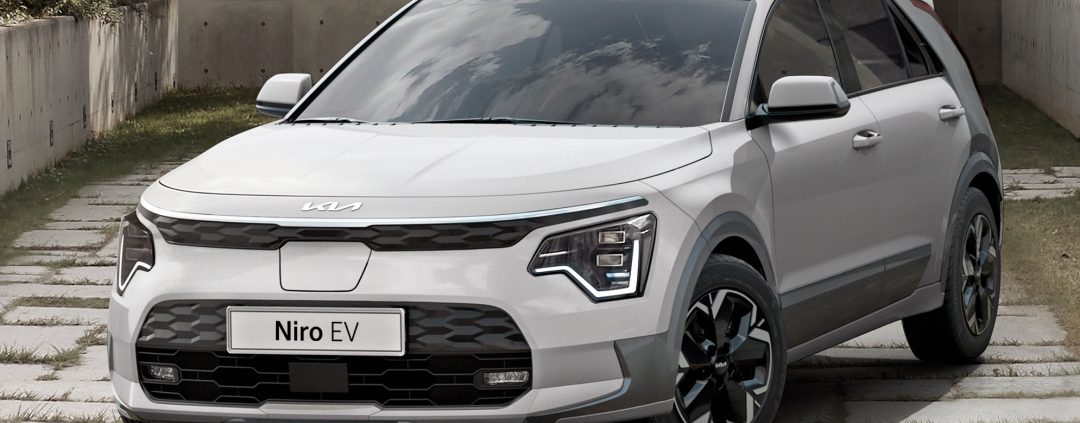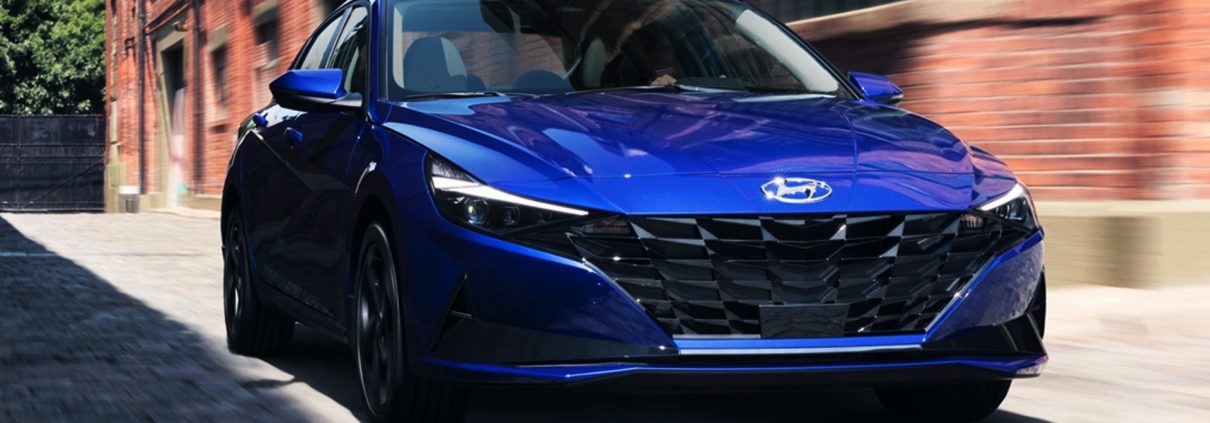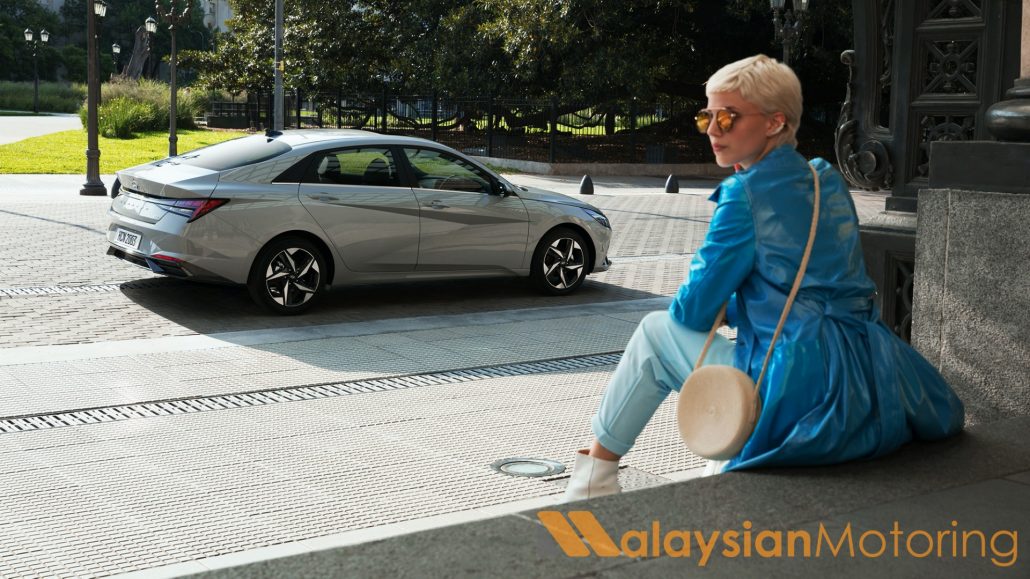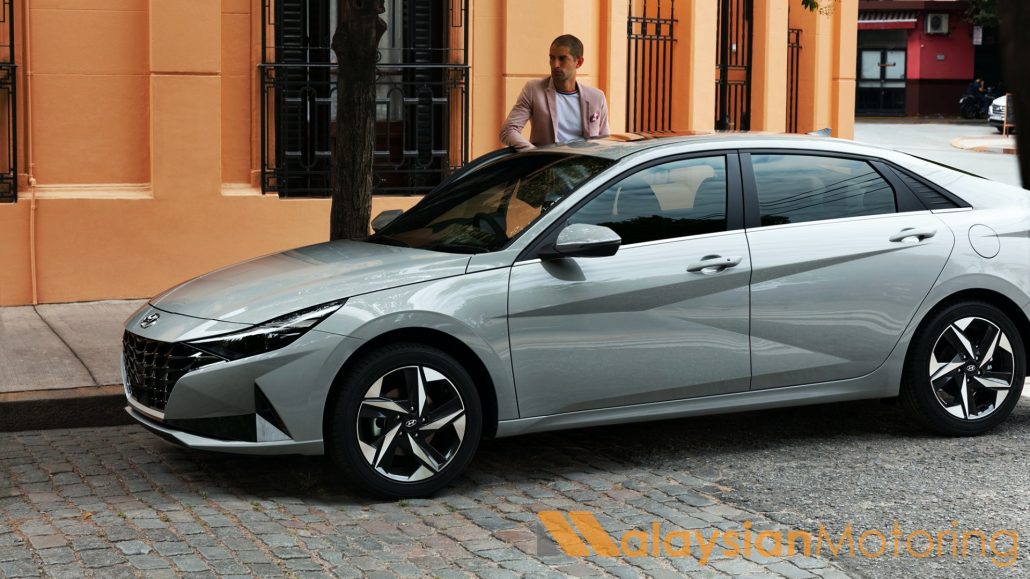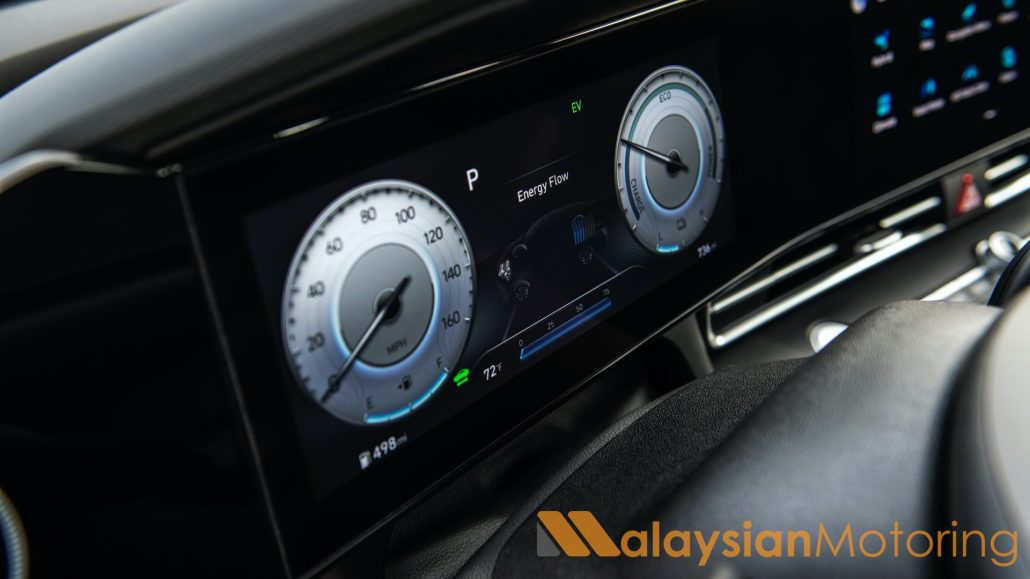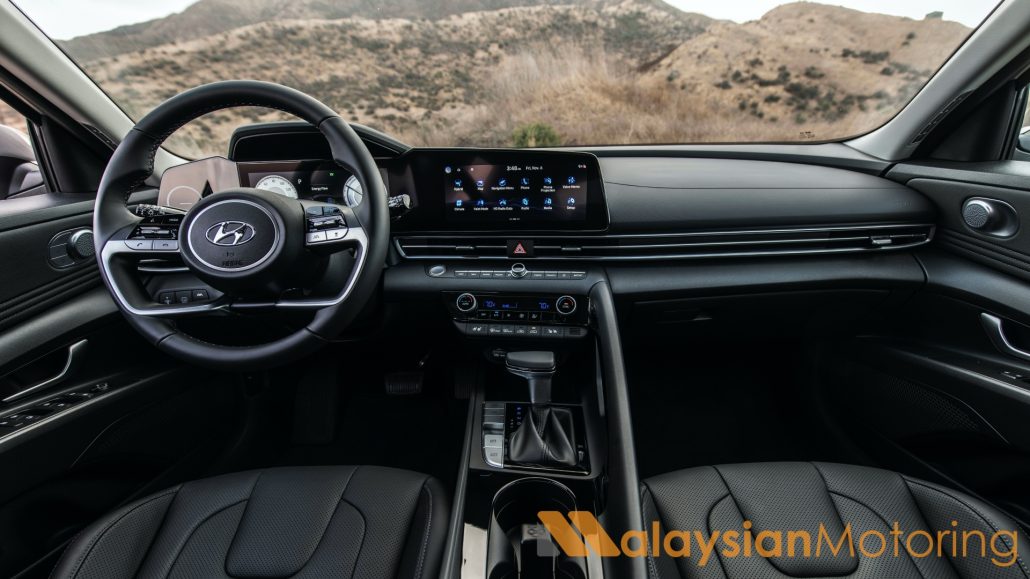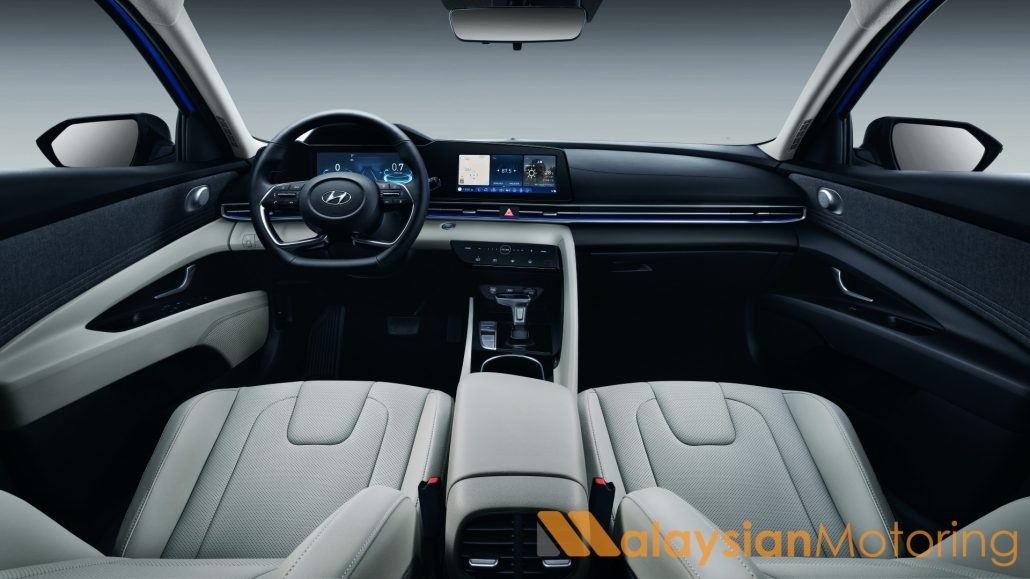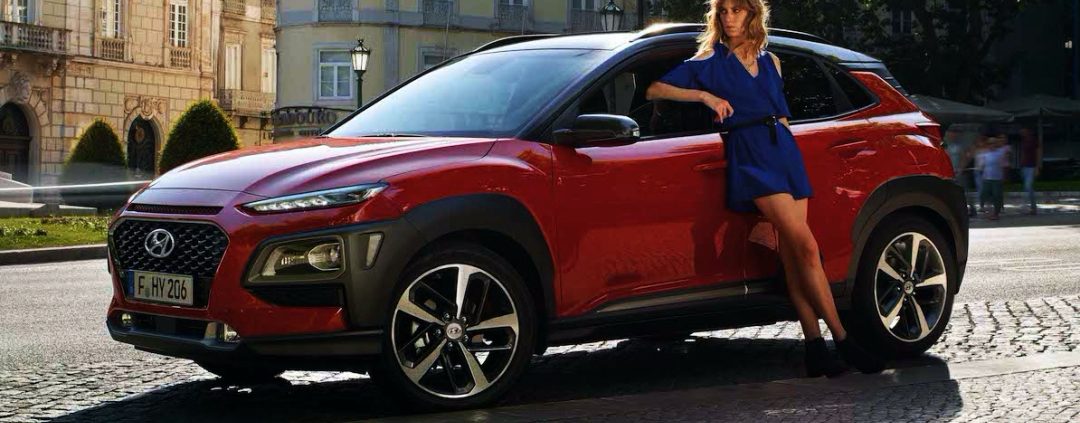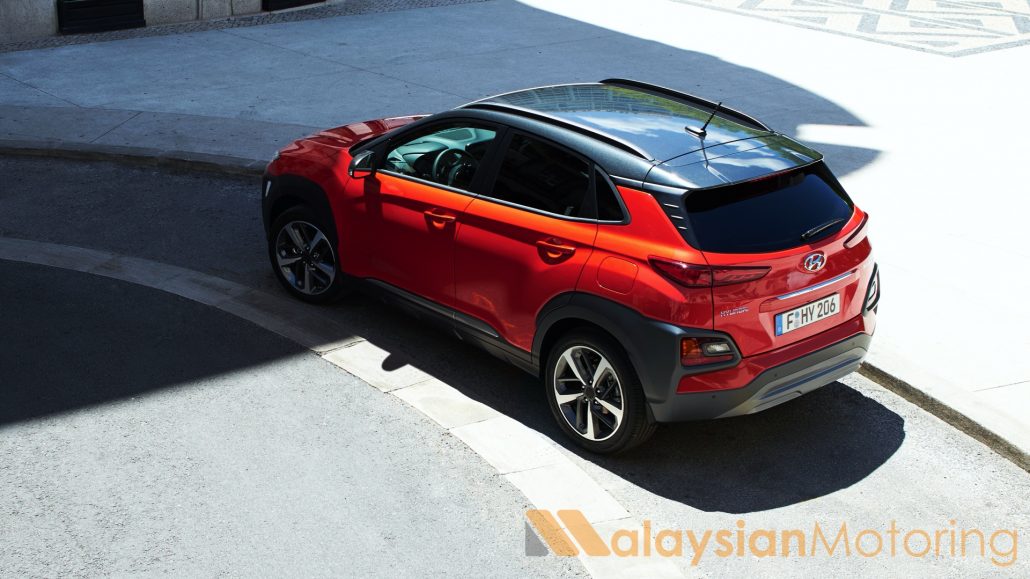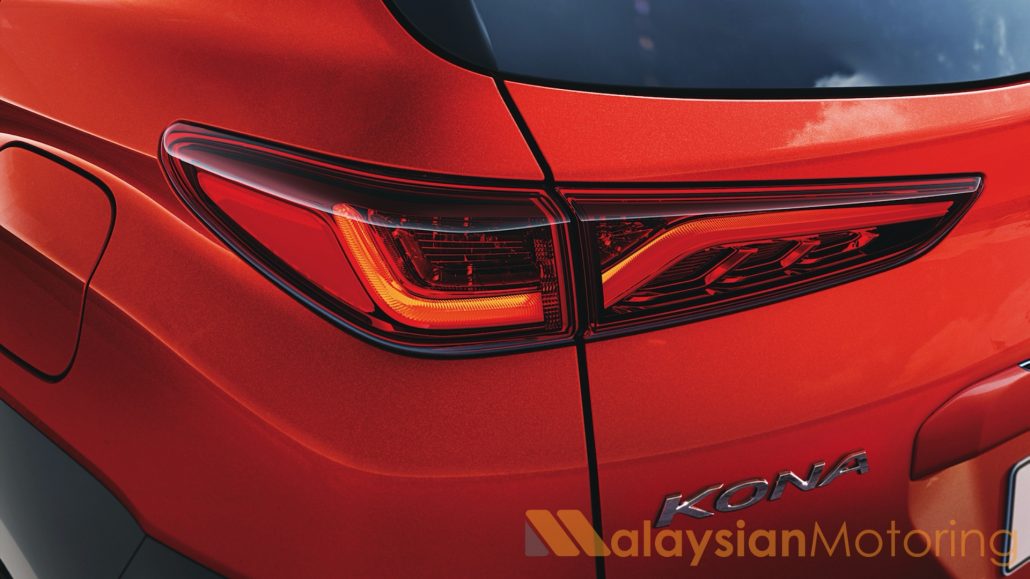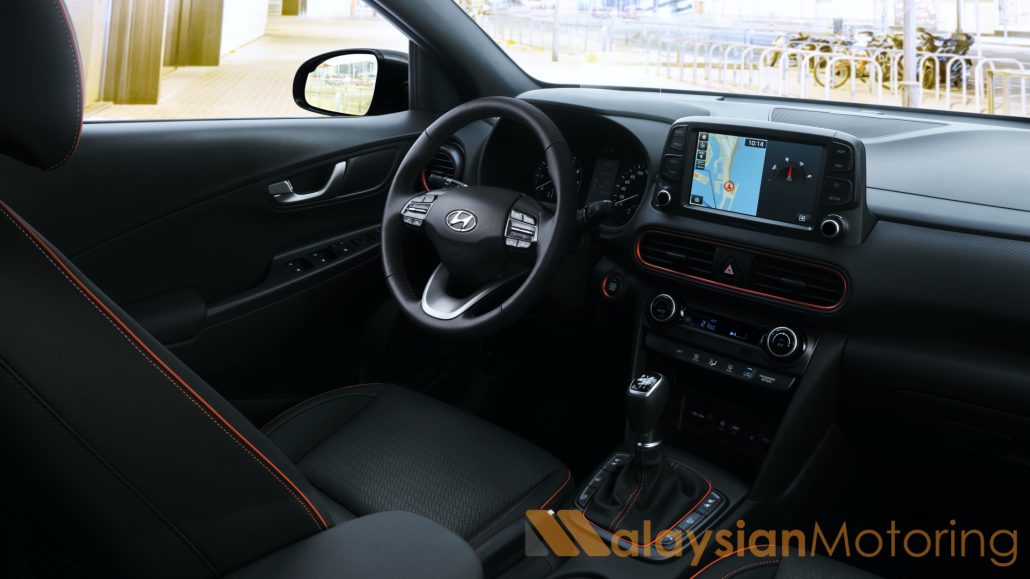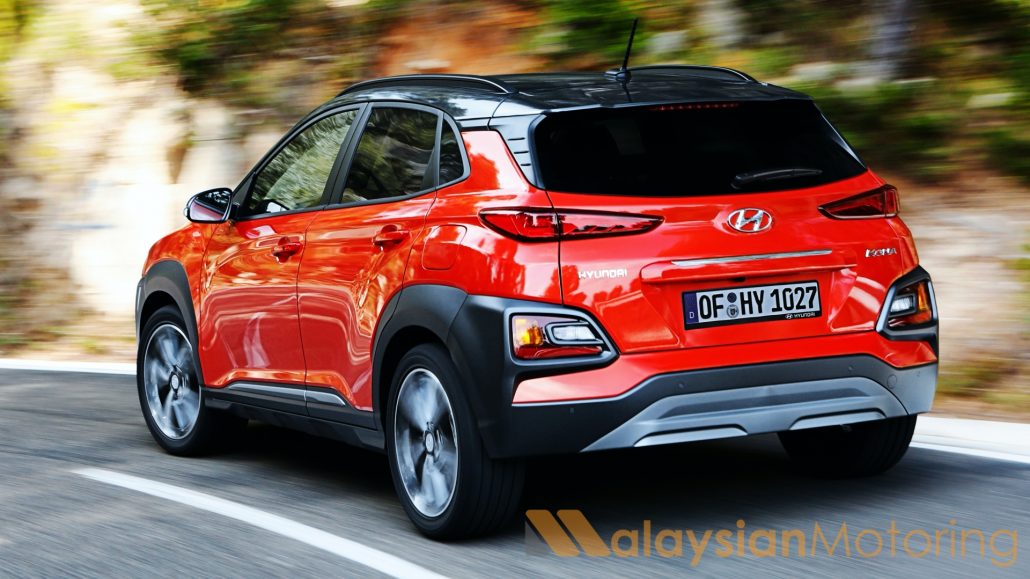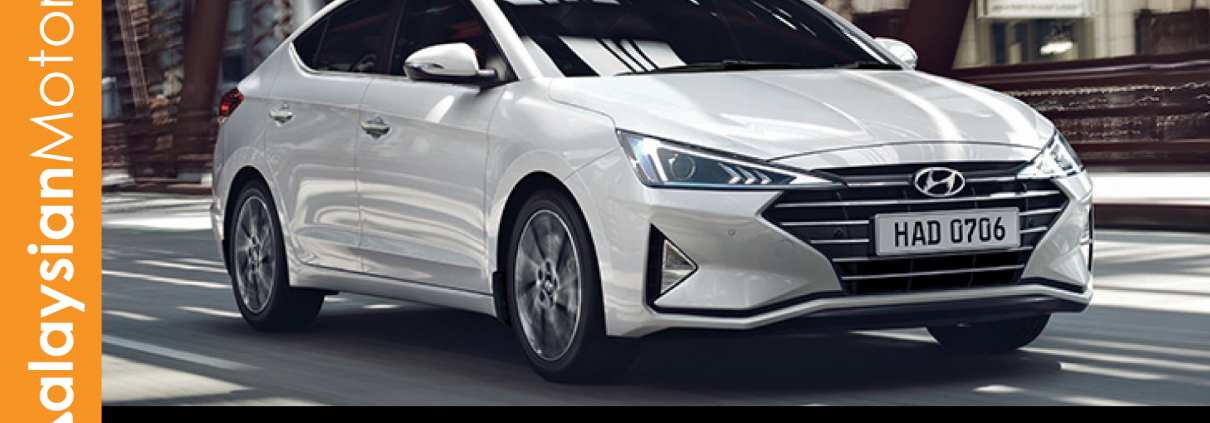2023 Kia Niro EV Arrives In Malaysia – 460km WLTP, 201hp/255Nm, RM256k
BERMAZ has today introduced a new electric vehicle under its Kia brand, with the Niro crossover set to take the fight along to the very hotly-contested sub-RM300k compact electric crossover segment. Combining bold styling, cutting-edge technology and practical flourishes, the Kia Niro EV will go head-to-head with cars like the Hyundai Kona EV and even the Ioniq 5, as well as the Mercedes-Benz EQA and BMW iX1.
At RM255,800, the new Kia Niro EV is not the most affordable B-segment crossover. In fact this pricing puts it right alongside the more premium players on the market, which has certainly raised eyebrows. We’re not entirely sure what Kia Malaysia’s strategy is with this, but we’ll take it at face value.
With a 64.8kWh lithium-ion battery pack, the Niro EV offers a maximum 460km rated range on the WLTP cycle. Motive force comes from a 201hp/255Nm motor mounted between the front wheels, which can propel the Niro from rest to 100km/h in just 7.8-seconds. “Effortless and smooth progress in all conditions,” or so Kia promises.
AC charging is rated to as high as 11kW, allowing the car to charge from 10%-100% in about six and a half hours. DC fast-charging however is rated at a maximum of just 80kW, requiring 49mins to do the 10%-80% charge that most EV drivers look for when travelling. It’ll also come as standard only with a 3-pin plug – so if you want that faster 11kW AC charging, you’ll have to shell out for your own cable.
The new Niro marries Kia’s typically-bold styling with an eye for technological detail, as evident from the very distinctive front-end. The upper-fascia is framed by ‘heartbeat’ LED daytime running lights that double-up duties as indicators, within which also sit a set of full-LED headlights replete with automatic high beam functionality. Kia is keen to point out that the large lower grille incorporates active aerodynamics to reduce drag when the vehicle doesn’t require cooling, which work together with the aerodynamic trickery at the rear incorporated into the boomerang taillights in the C-pillars.
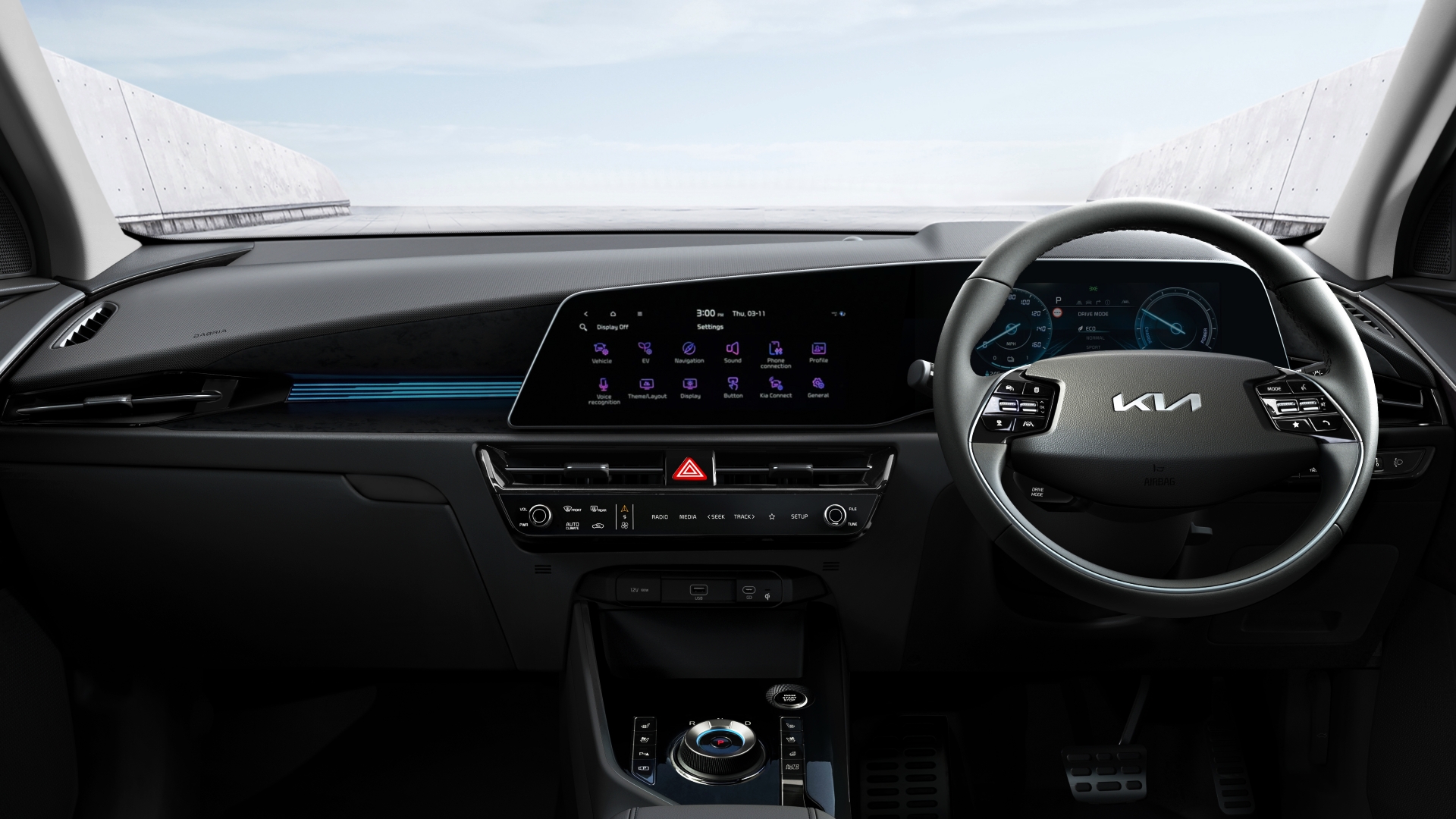
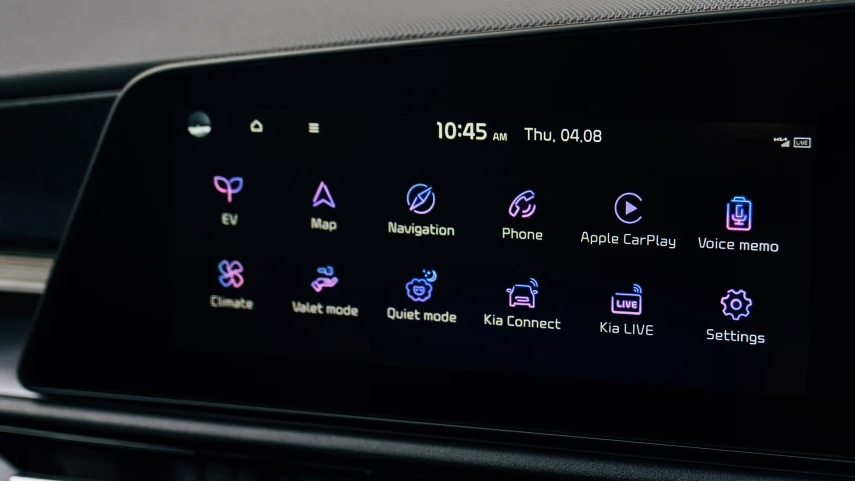
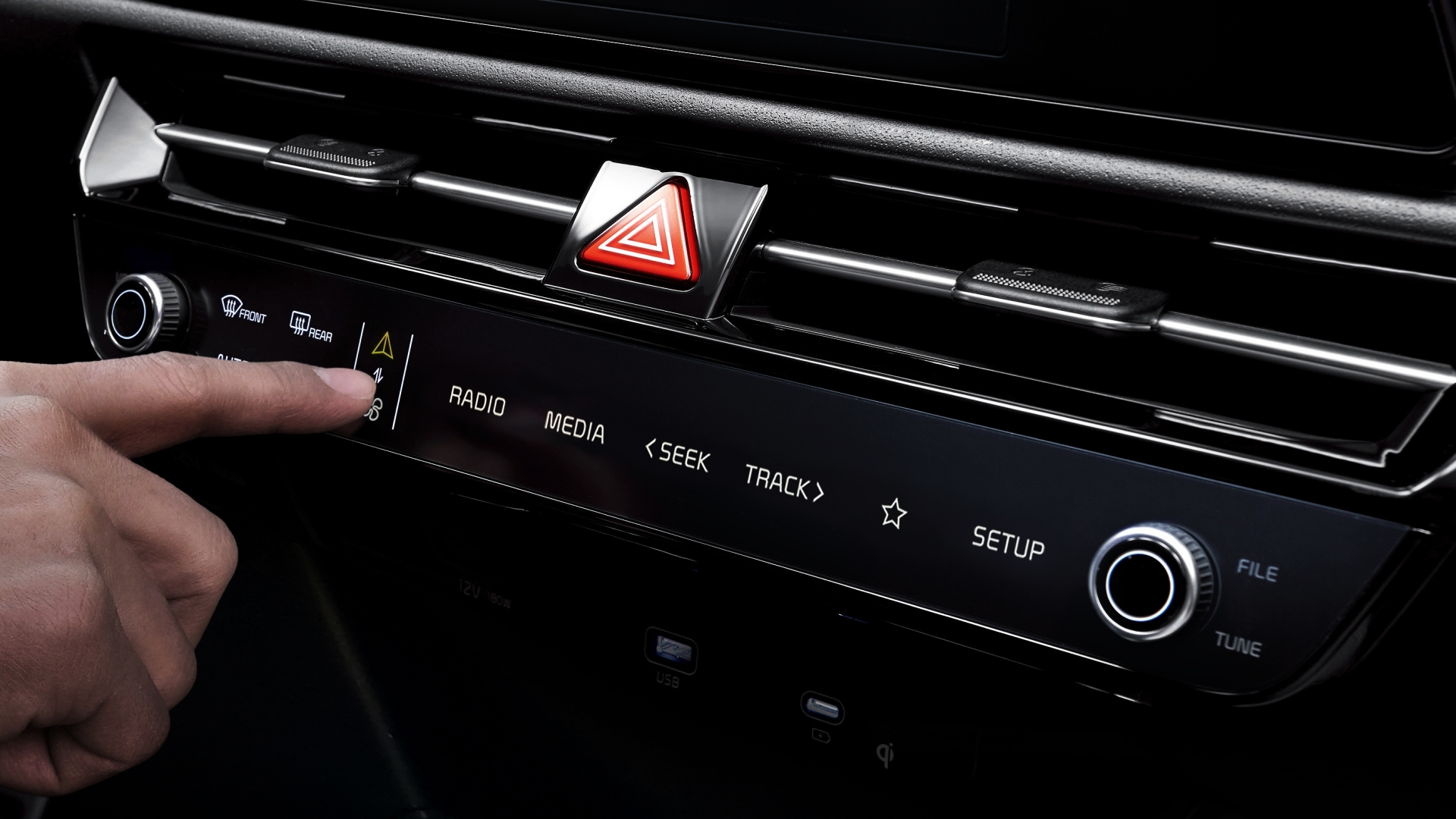
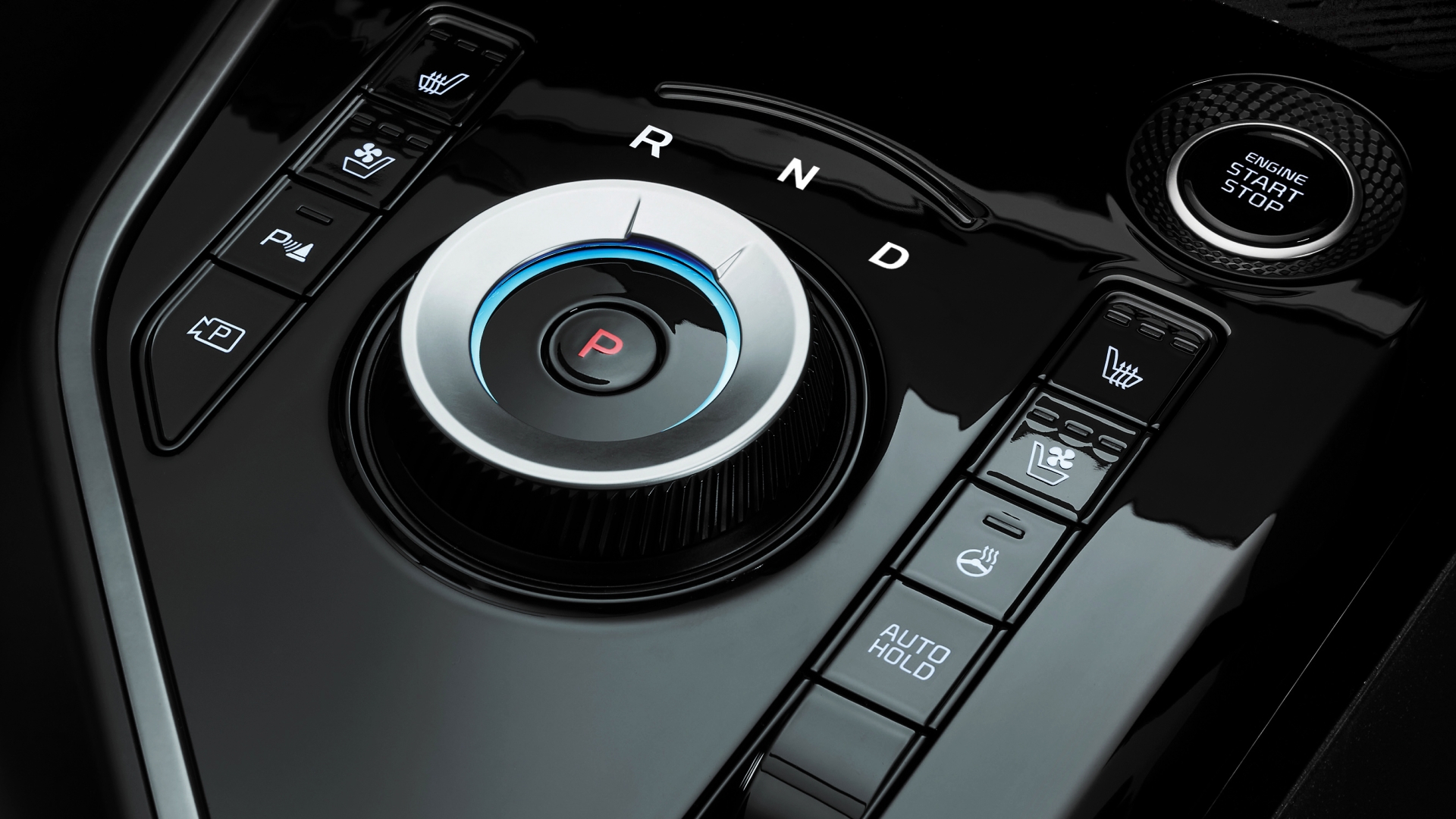
The interior of the Niro takes inspiration from the larger EV6, with a multi-level dash design that separates instrumentation & infotainment from the HVAC & shortcut-keys beneath. There are 10.25-inch displays handling instruments and infotainment, which feature Kia’s usual straightforward and intuitive UX. The AC controls sit on their own touch-sensitive panel beneath the AC vents on the centre stack – these alternate between AC controls and infotainment shortcut keys, reducing the number of buttons in the cabin for a clean look.
Further south you’ll find the centre console, where a rotary gear selector is flanked by buttons for the heated & ventilated front seats, heated steering wheel, parking sensors & camera system, as well as the electronic parking brake & auto hold function. You’ll also find a wireless smartphone charger – unfortunately the Apple Carplay & Android Auto that come as standard on the Niro are wired, so we doubt many users will be utilising this feature.
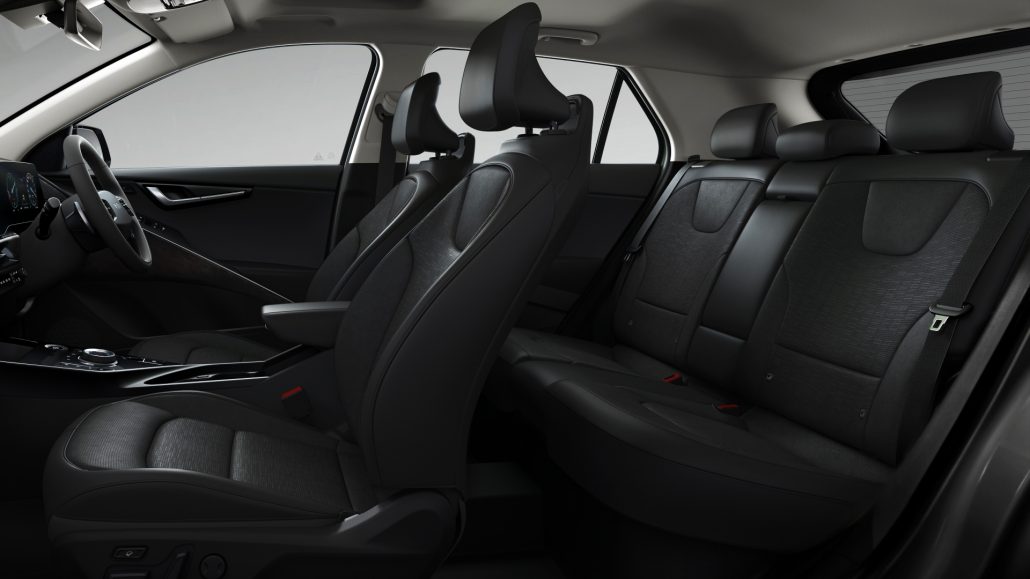
The seat design is of particular note – lightweight and fully-powered in the front, the seats are similar to what was found from the Kia EV6. This means they should be very comfortable and supportive over longer journeys. The front passenger seat also incorporates the ‘premium relaxion’ function which allows the front passenger to sit in a ‘zero-gravity’ posture that promises great comfort. This is a feature we first saw in the Kia Carnival 7-Seater, which we tested out in a chauffeur test here.
As standard, the Niro will offer faux leather upholstery for the seats, along with cabin panels and fixtures made out of recycled materials. The headliner is made of recycled wallpaper apparently, while the cars’ doors are painted with BTX-free paint to minimise its environmental impact.
Practicality is handled by a 475L boot with the seats up, while with the rear seats folded you can access up to 1,392L of space. There’s also a 20L front boot which is perfect to store charging cables and the standard vehicle-to-load adaptor, which is just inches away from the Niro’s nose-mounted charging port (just like the Hyundai Kona EV – what are the odds).
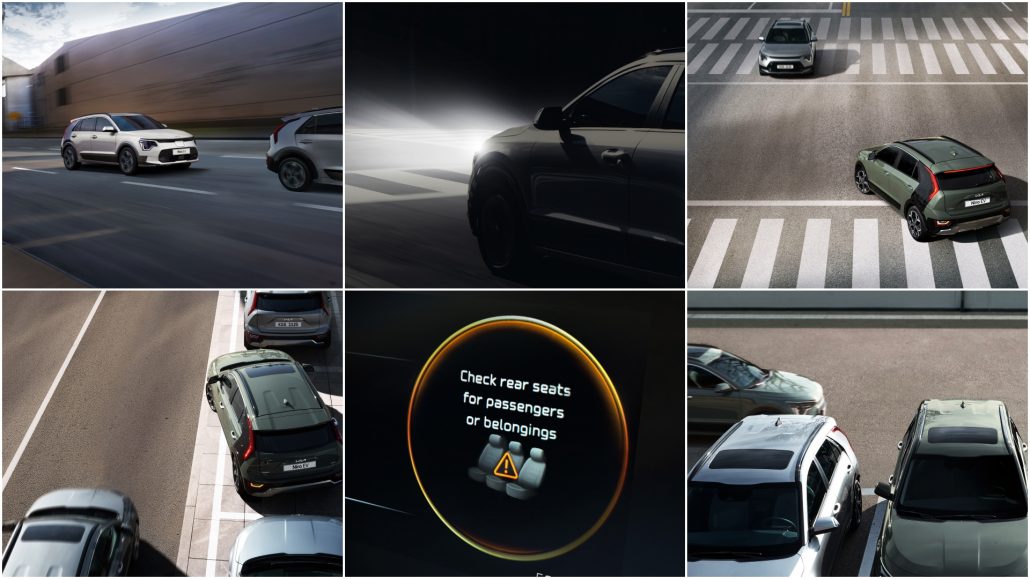
Kia has not shied away from filling the Niro will its full gamut of safety features. There are 8-airbags as well as two ISOFIX mounts at the rear, which work together with the Rear Occupant Alert system as to prevent parents from forgetting their kids in the back. Active safety is dealt with by things like high-beam assist, blind-spot monitoring with collision assist, rear cross-traffic alert and braking, lane-keep assist, forward autonomous emergency braking (with pedestrian & cyclist detection), as well as lane-follow assist and adaptive cruise control.
The Kia Niro EV will be available in 3 hues, being Cityscape Green, Mineral Blue, and Snow White Pearl. Prices will start from RM255,888 and include a 5-year/150,000km warranty for the entire car, whereas the battery pack is warrantied for 8-years and 160,000km. BERMAZ thus far has remained mum on its 5-year free-service packages that it normally bundles with its ICE vehicles, but we expect an update on the matter in due course.
GALLERY
